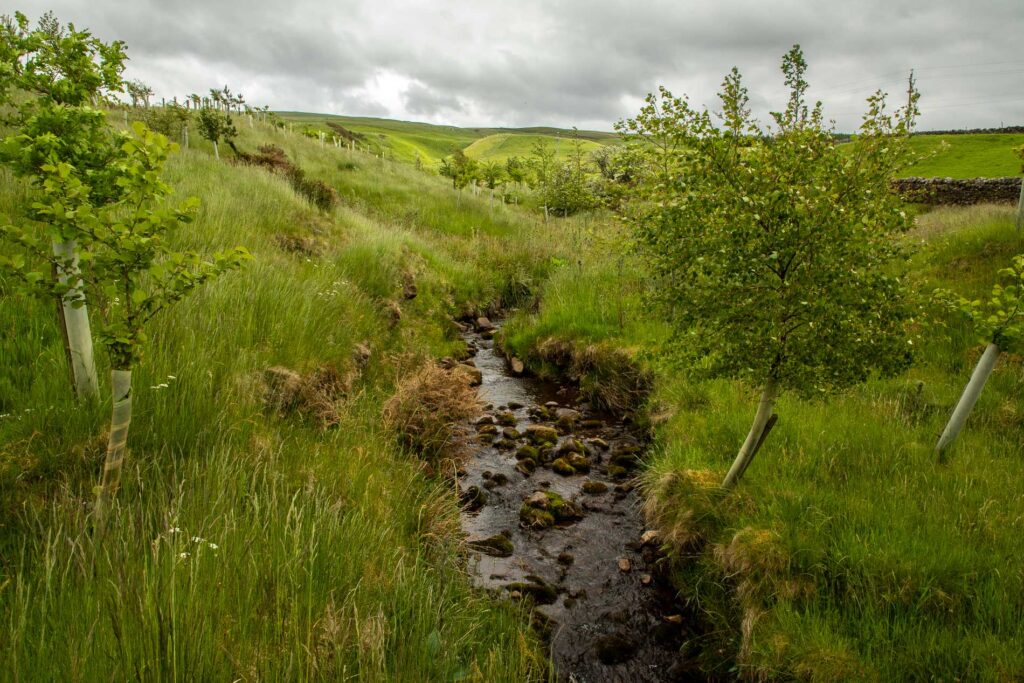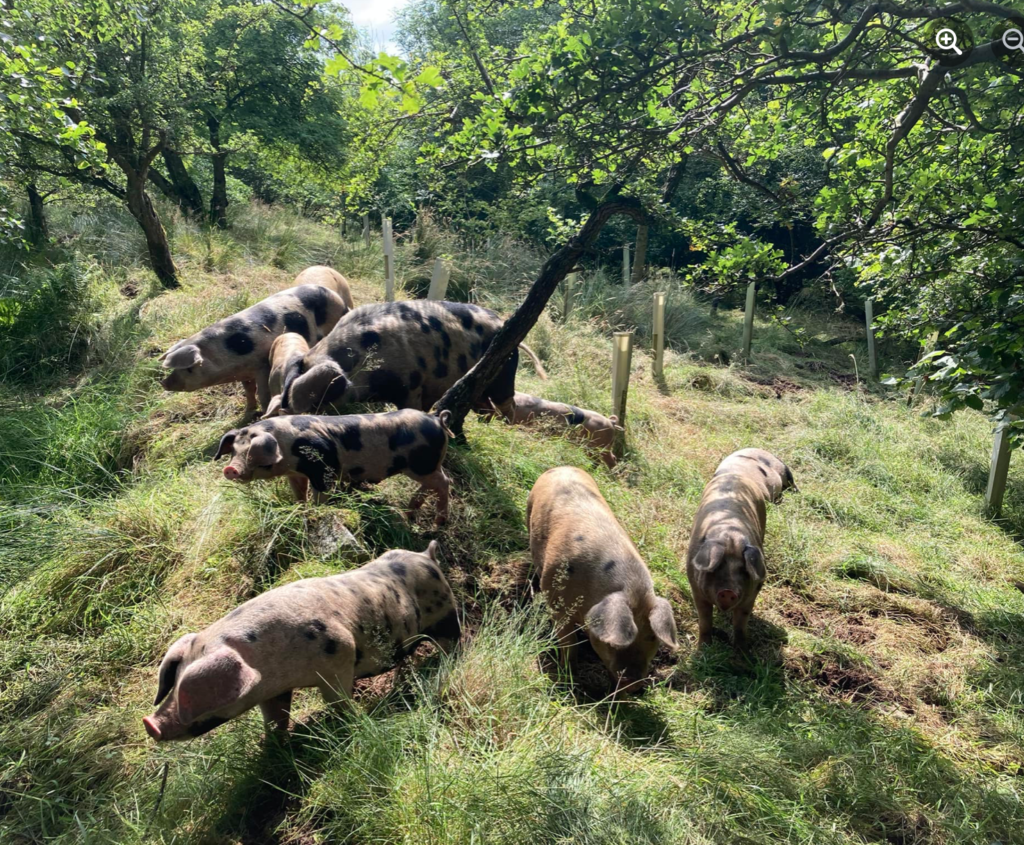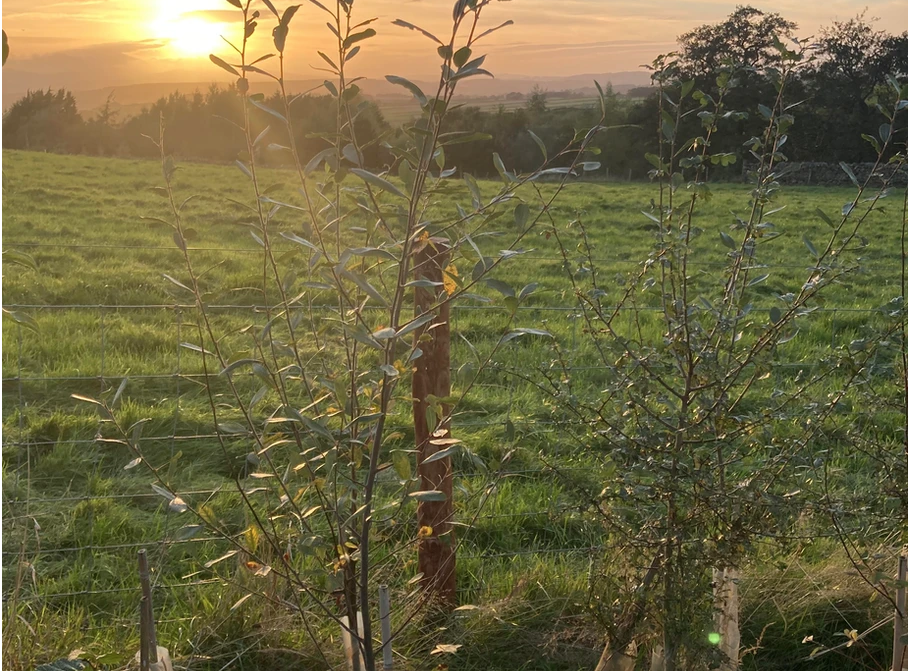Paul and Nicola Renison, Cannerheugh Farm, Cumbria 1/3
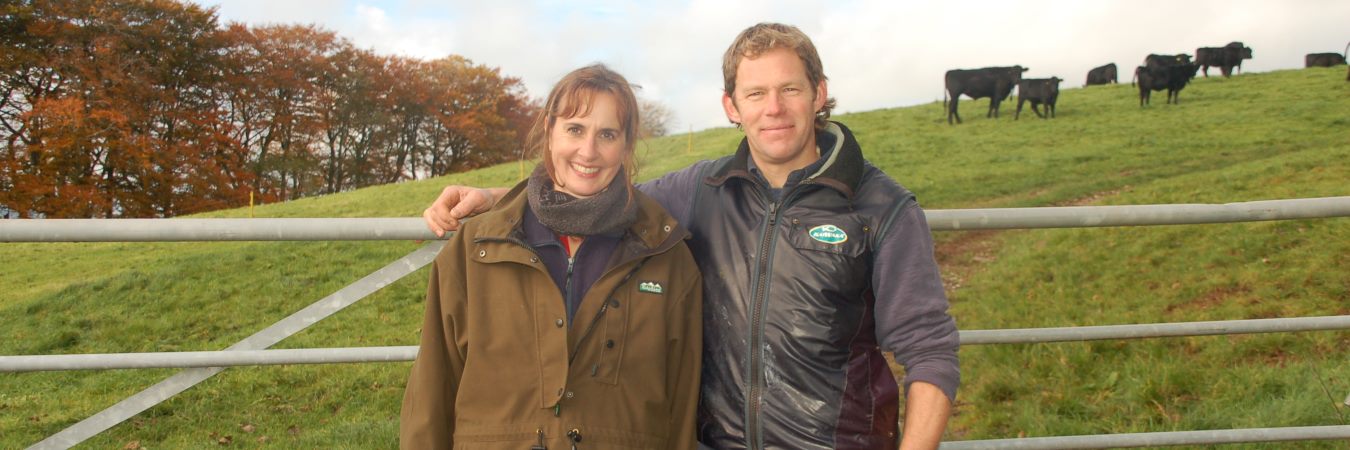 (Photo: by Agricology)
(Photo: by Agricology)
Tell us about your farm – location, size, altitude, climate, soils, enterprises, organic/Pasture for Life/other status etc.
Cannerheugh Farm lies in the Eden Valley between the villages of Gamblesby and Renwick in Cumbria, overlooking the Eden Valley towards the Lake District. The farmhouse sits at 860 feet and our land goes up to 1100 feet. This gives us an amazing view…. but dramatic weather. The mighty Helm Wind - the only named wind in the country - batters us a few times a year. The sandy loam soils underlying the 141 hectare farm fit our pasture-fed mob grazing system. We are certified Pasture for Life and currently have 80 Aberdeen Angus Suckler Cows. We sell both stores and finished cattle. We also have 600 pastured layers who follow the herd in their rotation as well as a small herd of Gloucester Old Spot pigs that during the summer months are rotated around the woodland and rougher areas of the farm.
We arrived here in 2012, a hot and sweaty August day, for a new life on a new farm…in a static caravan with two kids, four dogs, a farm truck and a huge mortgage. We have literally learnt on the hoof from teaching chickens to roost and managing rooting pigs through to introducing mob grazing and coping with the Helm Wind. We have three wagons where people can stay and enjoy the stunning views. We run courses on farming with nature and are part of the founding crew of Carbon Calling. Farming is ultimately a business and for us Regenerative Farming hits the sweet spot of farming with nature and profitability; bringing longevity to our land, food to the table and sustainability to our businesses.
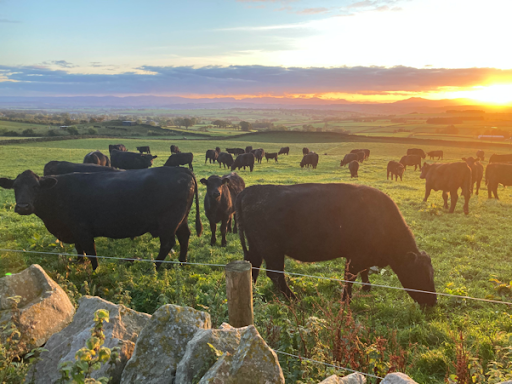
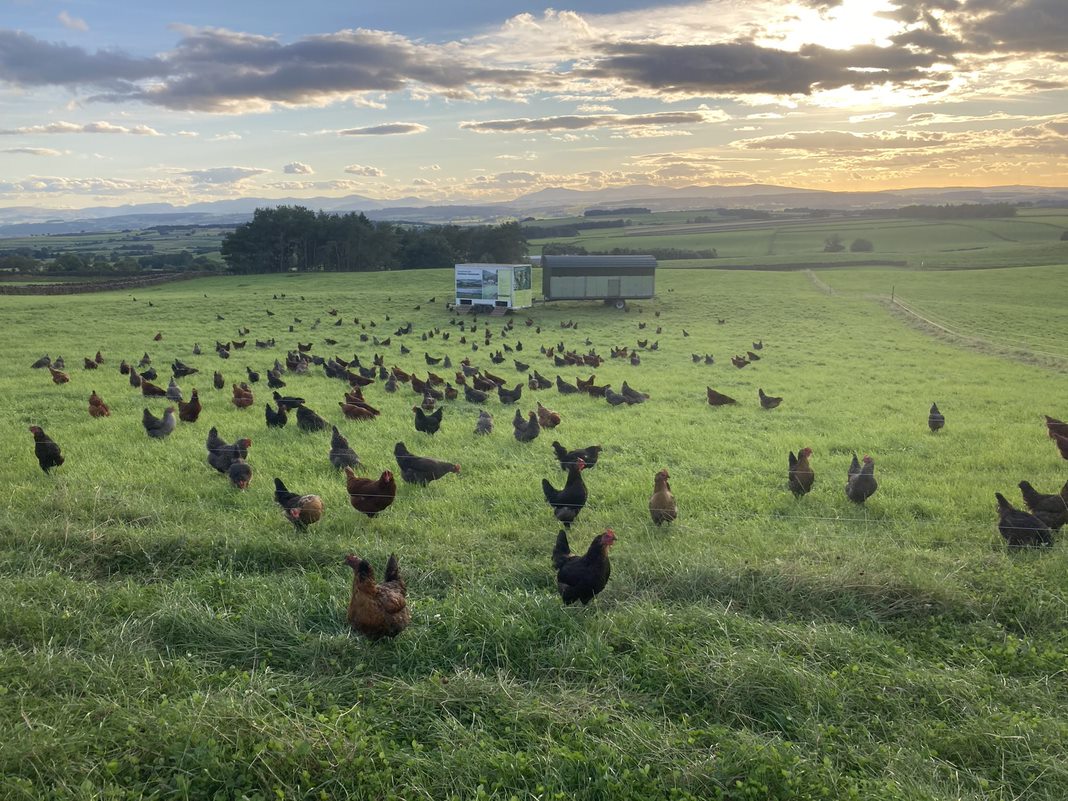
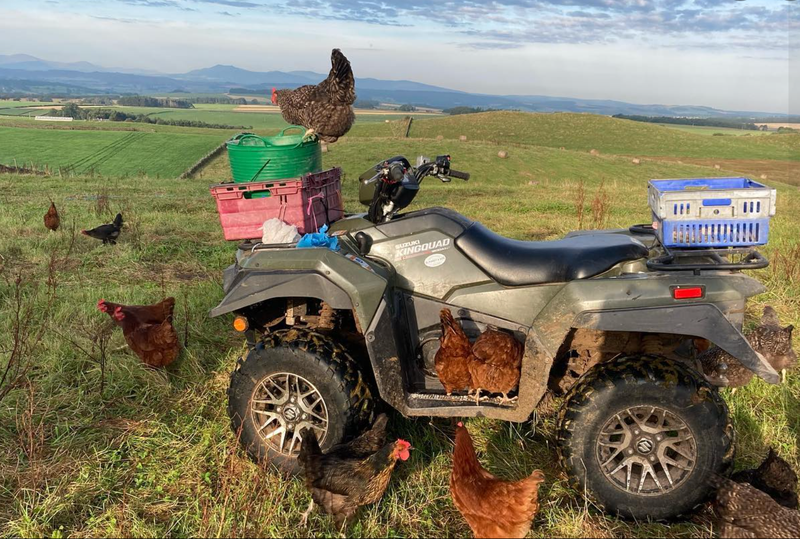
Give us a picture of the biodiversity on your farm – essentially above ground (but reference to below ground if relevant) – both flora and fauna.
The Pennines are well known for their sparse landscape, stone walls and barns. We have worked hard to increase habitat and diversity on the farm. Herbal leys have been direct drilled into existing leys, mixed native hedges now crisscross the farm, creating wildlife corridors. We have realised that ‘if you build it, they will come’! Sometimes this takes a while but we now see and hear far more than we used to. Be that Curlews, Lap Wings, Long Eared Owls – it’s great to see and it shows what’s possible. A recent survey funded by the Woodland Trust showed that we had breeding pairs of 52 different species of birds on the farm and that all five owl species were breeding here too. We look forward to building on this in the future.
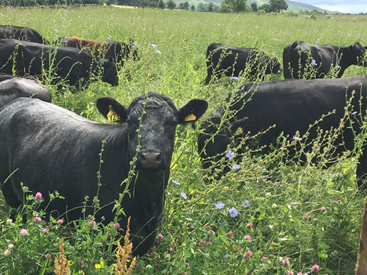

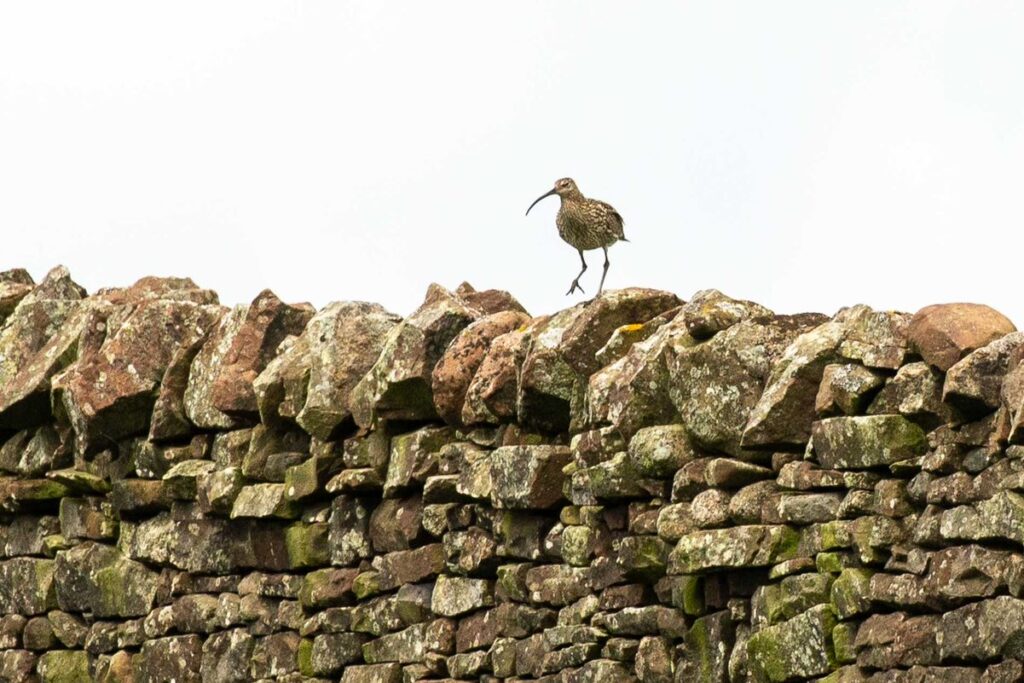
What do you do to encourage this biodiversity?
Over the last ten years we have tried to increase the tree and hedge cover on the farm, which has been done using HLS and Countryside Stewardship. Planting native species such as oak, hawthorn, willow, hazel and dog rose has improved both our biodiversity and shelter, which continues to improve year on year. Over the same timeframe our rest period between grazing has lengthened and this year averages 80 days. The taller vegetation cover has increased vole numbers which has had a positive effect particularly on owl numbers. Our Old Spot pigs are fantastic rooters and through their disturbance promote biodiversity. The beneficial impact they have is incredible providing it's managed and they must be kept on the move before they create chaos.
